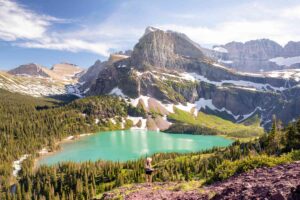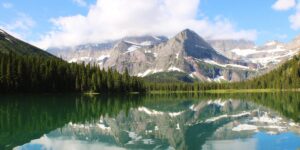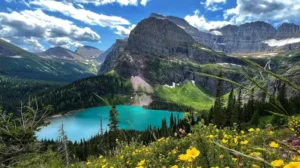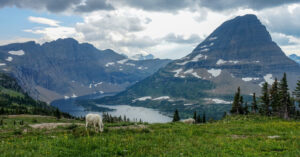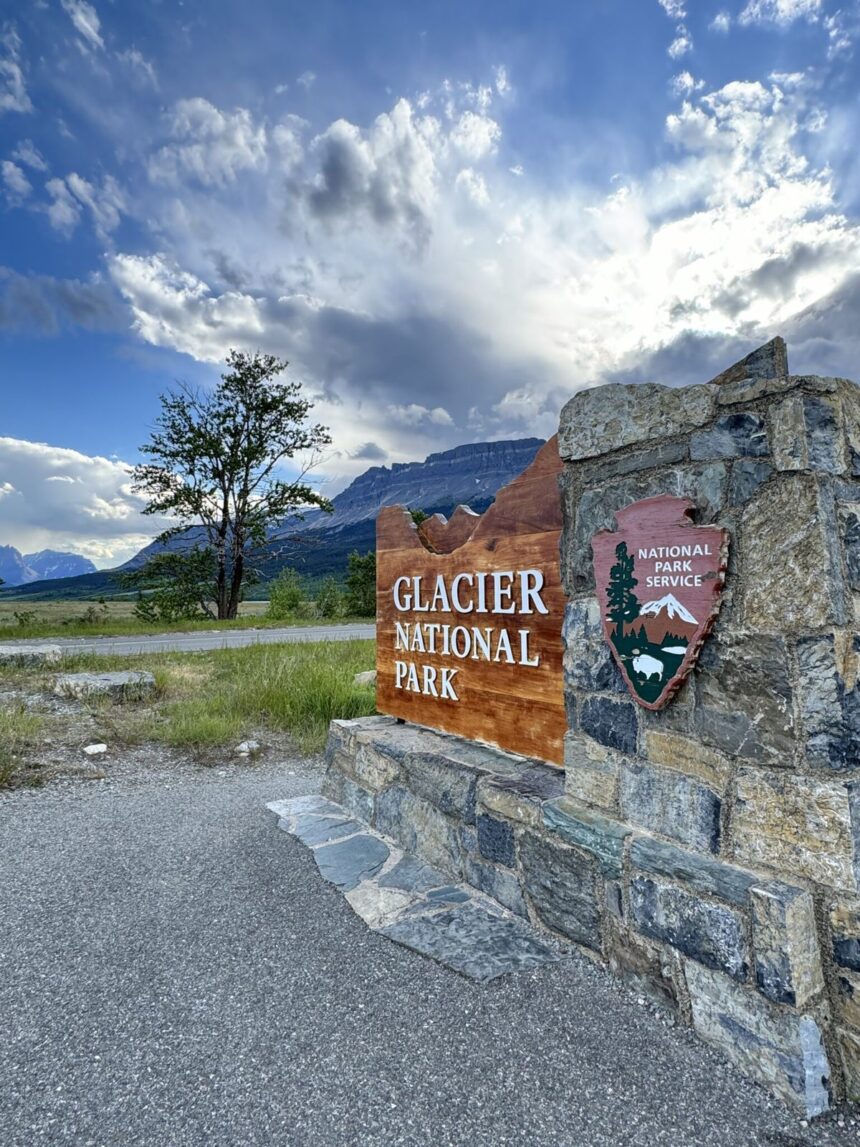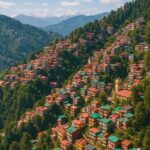Glacier National Park: Powerful Reasons Why National Park Matters to Our World
Nestled in the rugged mountains of northwestern Montana, USA, Glacier National Park stands as a testament to the Earth’s natural beauty and resilience. Often referred to as the “Crown of the Continent,” this park offers more than just breathtaking landscapes; it embodies a rich tapestry of history, culture, and ecological significance. From its ancient geological formations to its role in global conservation efforts, Glacier National Park holds a special place in the hearts of many.
- 🏔️ 1. A Glimpse into Earth’s Ancient Past
- 🧭 2. Indigenous Roots and Cultural Heritage
- 🛤️ 3. The Birth of a National Treasure
- 🌍 4. A Symbol of International Peace
- 🏞️ 5. Ecological Significance and Biodiversity
- 🚶 6. A Haven for Outdoor Enthusiasts
- 🌿 7. The Role of Eco-Tourism in Conservation
- ⚠️ 8. Climate Change and Its Challenges
- 🧭 9. Visitor Information and Access
- 🌟 10. A Legacy Worth Preserving
- 💬 Frequently Asked Questions (FAQs)
- 🌍 Conclusion: Glacier National Park – A Global Treasure
- 🔗 Useful Resources
🏔️ 1. A Glimpse into Earth’s Ancient Past
The story of Glacier National Park begins over 1.6 billion years ago. Sedimentary rocks of the Belt Supergroup were deposited in ancient seas, forming layers that would eventually become some of the oldest rocks on Earth. These formations provide invaluable insights into the origins of life and the planet’s geological history.
🧭 2. Indigenous Roots and Cultural Heritage
Long before European explorers set foot in the region, Native American tribes, including the Blackfeet, Salish, and Kootenai, inhabited the lands now known as Glacier National Park. Archaeological evidence suggests human presence in the area for over 10,000 years. These tribes utilized the park’s resources for hunting, fishing, and spiritual practices, leaving behind a rich cultural legacy.npshistory.com
🛤️ 3. The Birth of a National Treasure
In 1910, President William Howard Taft signed the establishment of Glacier National Park, making it the 10th national park in the United States. Conservationist George Bird Grinnell played a pivotal role in advocating for the park’s creation, recognizing its unique ecological and scenic value.
🌍 4. A Symbol of International Peace
In 1932, Glacier National Park and Canada’s Waterton Lakes National Park merged to form the world’s first International Peace Park. This designation symbolizes the enduring friendship and cooperation between the United States and Canada, highlighting the shared commitment to preserving natural wonders across borders.
🏞️ 5. Ecological Significance and Biodiversity
Spanning over 1,000,000 acres, Glacier National Park is home to diverse ecosystems, ranging from dense forests to alpine meadows. The park’s varied habitats support a wide array of wildlife, including grizzly bears, mountain goats, and over 260 species of birds. Its glaciers, though retreating due to climate change, continue to shape the landscape and provide essential freshwater resources.
🚶 6. A Haven for Outdoor Enthusiasts
Glacier National Park offers a plethora of recreational activities for nature lovers and adventure seekers. Hiking is particularly popular, with trails like the Hidden Lake Overlook and Grinnell Glacier providing stunning vistas. The Going-to-the-Sun Road, a historic scenic drive, allows visitors to traverse the park’s mountainous terrain, offering panoramic views of the surrounding landscapes.
🌿 7. The Role of Eco-Tourism in Conservation
Eco-tourism plays a crucial role in the preservation of Glacier National Park. Visitors’ experiences contribute to the local economy, generating over $554 million in revenue and supporting more than 5,000 jobs in nearby communities. This economic impact underscores the importance of sustainable tourism practices in maintaining the park’s ecological integrity.
⚠️ 8. Climate Change and Its Challenges
The effects of climate change are evident in Glacier National Park, with many of its glaciers rapidly retreating. Studies indicate that between 49% and 83% of the world’s glaciers could vanish by the end of the century if current greenhouse gas emission trends continue. This loss poses significant challenges to freshwater availability and local ecosystems. Axios
🧭 9. Visitor Information and Access
Glacier National Park is open year-round, offering visitors the opportunity to experience its beauty in all seasons. However, during peak season, certain areas require vehicle reservations to manage traffic and protect resources. It’s advisable to plan ahead and check for any alerts or restrictions before visiting.
🌟 10. A Legacy Worth Preserving
Glacier National Park stands as a testament to the natural beauty and cultural heritage of the region. Its preservation ensures that future generations can experience its wonders and learn from its history. Continued efforts in conservation, education, and sustainable tourism are essential to maintaining the park’s legacy for years to come.
💬 Frequently Asked Questions (FAQs)
Q1: What is the best time to visit Glacier National Park?
The ideal time to visit is between late June and mid-September when most facilities and roads are open, and the weather is conducive for outdoor activities.
Q2: Are there accommodations within the park?
Yes, Glacier National Park offers a range of accommodations, including historic lodges, campgrounds, and backcountry chalets. It’s recommended to book in advance, especially during peak season.
Q3: How can I obtain a vehicle reservation for the park?
Vehicle reservations can be made through the official park website or via Recreation.gov. Reservations are required for certain areas during peak season to manage visitor numbers and protect resources.
Q4: What wildlife can I expect to see in the park?
Glacier National Park is home to a diverse range of wildlife, including grizzly bears, black bears, mountain goats, bighorn sheep, and over 260 bird species. Always maintain a safe distance and follow park guidelines when observing wildlife.
Q5: How does climate change affect the park?
Climate change has led to the rapid retreat of glaciers within the park. This not only alters the landscape but also impacts ecosystems and water resources. Efforts are underway to monitor and mitigate these effects.
🌍 Conclusion: Glacier National Park – A Global Treasure
Glacier National Park is more than just a scenic destination; it is a global treasure that embodies the Earth’s natural history, cultural heritage, and ecological significance. Its preservation is crucial not only for the United States but for the world. By supporting conservation efforts, practicing sustainable tourism, and raising awareness about climate change, we can ensure that Glacier National Park continues to inspire and educate future generations.
🔗 Useful Resources
